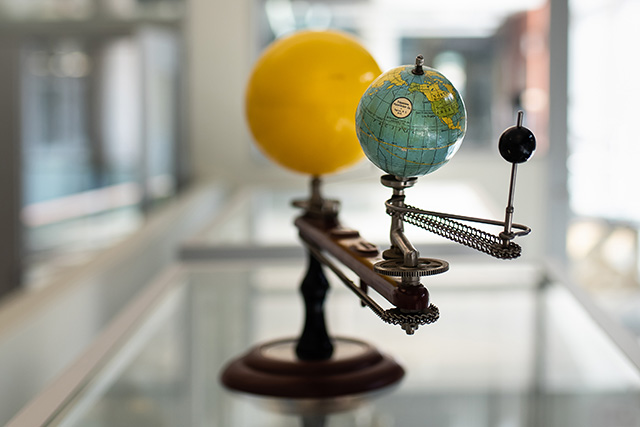Virtual Lab and Museum Tours
The Faculty of Science is home to excellent museums and collections that showcase an amazing depth and breadth of science research. Each year our museums and collections are accessed by thousands of students, researchers from all over the globe, the public, summer programs, and school groups.
The world of science captures the imagination of people in all parts of our society. Generating, stimulating, and keeping that interest in science alive in the community is important to the Faculty of Science. Though COVID-19 prevents us from opening our facilities, we’re keeping science curiosity alive by bringing our labs and museums to you—wherever you are!
Explore some of the Faculty of Science's world-renowned collections and facilities through our new virtual tours.
Take a virtual tour

Dino Lab
Did you know the very first dinosaurs to be put on public display in Alberta were here at the University of Alberta in 1935? Learn how dinosaurs are prepared and preserved, view real dinosaur bones, and learn about the paleontology work currently being done by UAlberta students and researchers.

Multimedia Research Centre
The Multimedia Research Centre (MRC) actively conducts state-of-the-art projects in computer vision, pattern recognition, computer graphics, image processing and perceptual factors that promote unrestricted access to R&D opportunities and advances in multimedia technology.

Rowan Lab, Museum of Zoology
The Rowan Lab is home to four collections and has a wide array of vertebrate specimens. Collected over the past century, the University of Alberta Museum of Zoology is one of the best of its kind, and includes many rare and unusual specimens—including Myrtle the Elephant!





